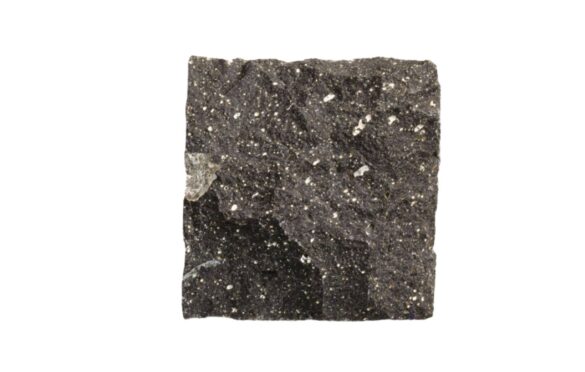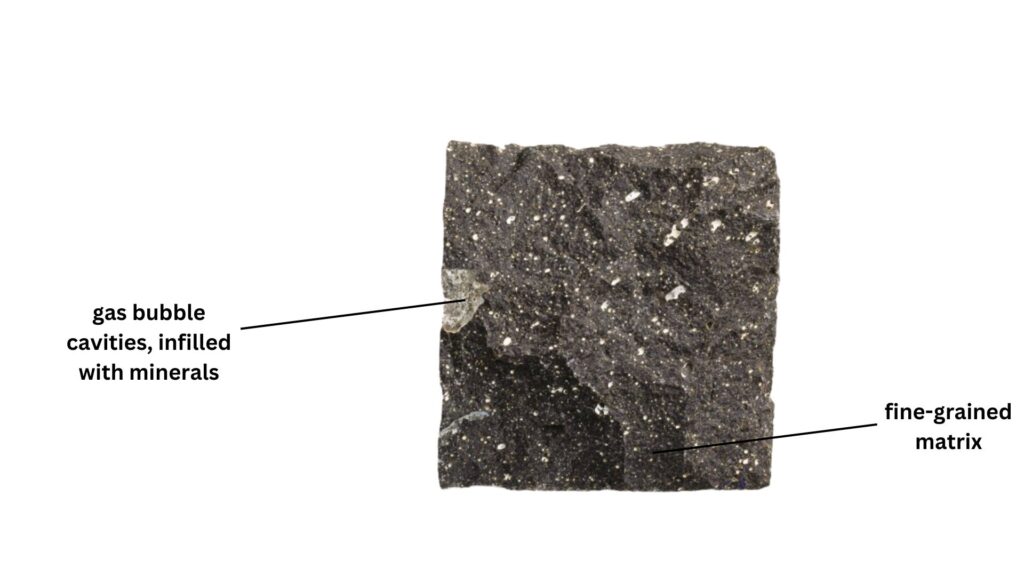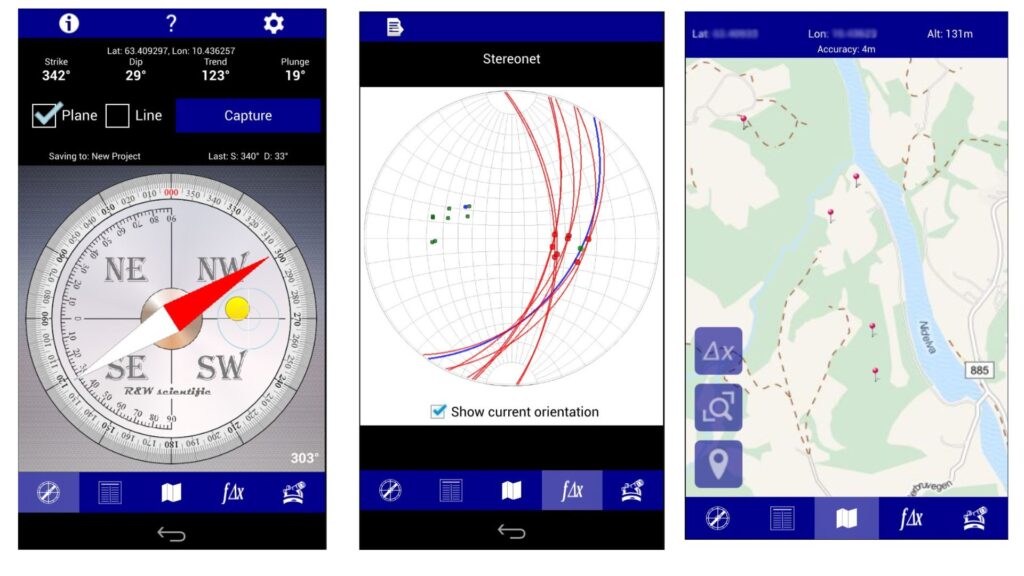Amygdaloidal Andesite

In the world of geology, one of the fascinating rocks that capture the attention of researchers and enthusiasts alike is Amygdaloidal Andesite. This intermediate volcanic rock, often porphyritic in nature, boasts a unique set of characteristics and a captivating geological history. In this in-depth article, we will explore the intricate details of Amygdaloidal Andesite, its formation, classification, and much more. By the end of this article, you’ll have a comprehensive understanding of this intriguing geological phenomenon.
What is Amygdaloidal Andesite?
Amygdaloidal Andesite is an intriguing intermediate volcanic rock known for its unique properties. This rock primarily consists of plagioclase feldspar, often showing zonation from labradorite to oligoclase, along with pyroxene and/or biotite. Unlike the deep black appearance of basalt, the matrix of Amygdaloidal Andesite typically exhibits a medium-colored gray tone.
The Unique Texture
The texture of Amygdaloidal Andesite is a key aspect that sets it apart. While it is generally fine-grained, it can often exhibit a porphyritic texture. What makes this rock particularly fascinating is the presence of numerous small, rounded vesicles on its surface. These vesicles are the result of gas bubbles escaping from the lava during its formation.
Infilled vesicles, referred to as amygdales, are a distinctive feature of Amygdaloidal Andesite. These amygdales are commonly filled with minerals belonging to the zeolite group. Over time, the cavities can widen due to the growth of these minerals, adding to the rock’s unique character.

Formation Process: A Glimpse into Its Origin
Amygdaloidal Andesite owes its existence to the rapid cooling of lava that emerges from gas-rich volcanic eruptions. This rapid cooling process contributes to the fine-grained matrix and the development of vesicles and amygdales. The formation of this rock is a testament to the dynamic and ever-changing nature of our planet’s geological processes.
Classification: Why It’s Considered Intermediate
In the realm of geological classification, Amygdaloidal Andesite falls into the category of igneous rocks. Specifically, it is classified as intermediate. This classification is based on its composition, which includes a balance of feldspar, pyroxene, and biotite, placing it between the more mafic basalts and the more felsic granites in terms of mineral composition.
| Group: | IGNEOUS |
| Origin: | Extrusive |
| Grain size: | Fine |
| Crystal shape: | Anhedral, Euhedral |
| Classification: | Intermediate |
| Occurrence: | Volcano |
| Color: | Medium |
Occurrence: Where Can You Find Amygdaloidal Andesite?
Amygdaloidal Andesite can be found in volcanic regions around the world. Its occurrence is closely associated with volcanoes, where it is often the result of past volcanic eruptions. The presence of Amygdaloidal Andesite in such areas provides valuable insights into the geological history and activity of these regions.
The Distinctive Color of Amygdaloidal Andesite
Unlike the dark and ominous appearance of basalt, Amygdaloidal Andesite exhibits a medium-colored gray tone. This coloration is characteristic of the rock and can vary slightly depending on the specific mineral content and geological conditions of the area in which it is found.
In conclusion, Amygdaloidal Andesite is a remarkable geological wonder that offers a glimpse into the complex processes shaping our planet. Its unique texture, formation process, and classification as an intermediate igneous rock make it an intriguing subject of study for geologists and enthusiasts alike. Its presence in volcanic regions adds to its significance in understanding the Earth’s geological history.
To learn more about the world of geology and the fascinating rocks that make up our planet’s crust, stay tuned for more informative articles. If you have any questions or topics you’d like us to explore, feel free to reach out. Geology never ceases to amaze, and we’re here to unravel its mysteries with you.
Read more on blog:
- 5 Best Geological Apps for iOS in 2023
- 5 Best Geological Apps for Android in 2023
- Discovering the Benefits of Free Geological Compass on Your Mobile Phone
- How to Construct a Geologic Cross Section: A Step-by-Step Guide
